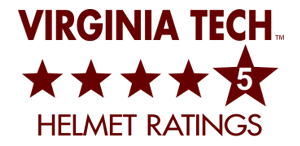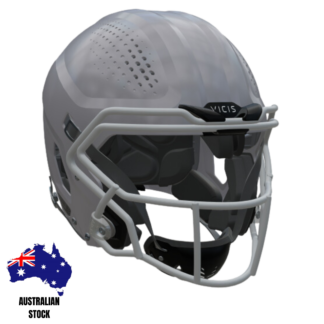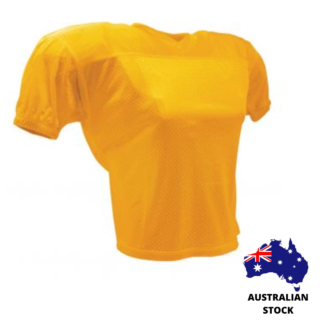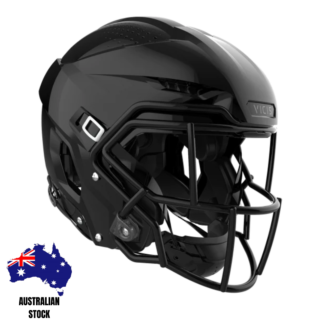 We get asked all the time…
We get asked all the time…
Which helmet is the safest?
This is a difficult question to answer.
Since 2011, Virginia Tech researchers have been providing unbiased helmet ratings that allow consumers to make informed decisions when purchasing helmets. The helmet ratings are the culmination of over 10 years of research on head impacts in sports and identify which helmets best reduce concussion risk. This work is done as part of Virginia Tech’s service mission and is 100% independent of any funding or influence from helmet manufacturers.
A total of 26 adult football helmet models that have been evaluated using the STAR evaluation system are included in the Virginia Tech Helmet Ratings™. Helmets with more stars provide a reduction in concussion risk compared to helmets with less stars. Group rankings are differentiated by pre-determined thresholds.
What do the helmet ratings mean?
Simply stated, the helmet ratings identify which helmets best reduce concussion risk. More stars equate to better protection, with 5 stars representing the best available helmets. We encourage athletes to get out of lowly rated helmets and into 4 and 5 star helmets.
How do Helmets US Sports Gear sell Rate?
Of the helmets that US Sports Gear sell this is how they rated on the Virginia Tech Helmet Ratings™ scale.
1 – Schutt Air XP Pro VTD II – STAR Value: 0.170 (See more)
2 – Schutt Vengeance VTD II – STAR Value: 0.180 (See more)
6 – Schutt Vengeance Z10 – STAR Value: 0.222 (See more)
11 – Schutt Vengeance Pro – STAR Value: 0.280 (See more)
Note.
- Helmets 4 & 5 in the rankings are the earlier versions of Air XP Pro VTD II and Vengeance VTD II we only sell the newer versions.
- The Schutt Air XP Pro Q10 has not been rated at the time of publication.
- See the full rankings here.
Will 5 star helmets prevent me from sustaining concussions?
No helmet is concussion-proof. Any athlete can sustain a head injury, even with the very best head protection. The helmet ratings identify the helmets that best reduce your chances of sustaining a concussion. With that stated, helmets are only one piece of the equation to minimizing concussion risk.
Rule changes and coaching proper technique can result in fewer high-risk head impacts and are perhaps most important. Having the best available head protection for the remaining head impacts further reduces risk.


